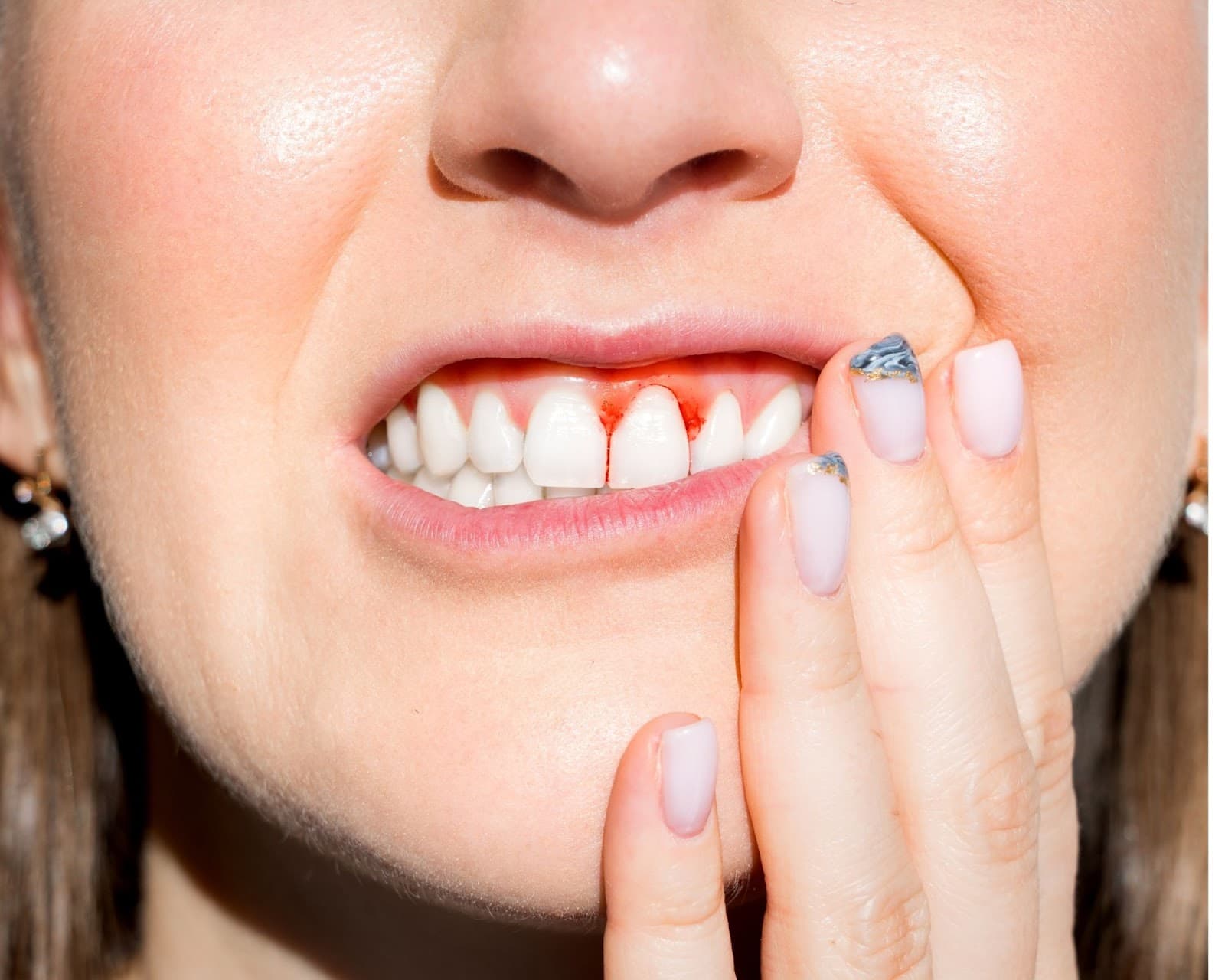
Periodontal disease is a “silent” disease because many adults have it without even knowing it. The Center for Disease Control states that 42% of adults have gum disease. The rate of gum disease increases to 60% among adults aged 65 and older.
Do You Have Gum Disease?
Your teeth feel great, and you brush daily, so you can’t have gum disease, right? Well, not necessarily. While people with good home care are less likely to have gum disease, many factors actually play into having gum disease.
Risk Factors
Understanding what puts you at risk for gum disease can help you know how to decrease your chances of getting gum disease. Do you have any of these factors that may be putting you at risk?
- Poor home care – The most common cause of gum disease is the buildup of calculus and plaque on the teeth. This bacteria releases toxins that cause inflammation of your gum tissue. Improving brushing and flossing is your best bet to control the buildup and bacteria.
- Smoking or tobacco use – Smoking reduces your immune system’s efficiency, making it more difficult for your body to keep your gum tissue in good health. Studies have shown that smokers are twice as likely to experience gum disease in their lifetime than a non-smoker.
- Age and genetics – Your risk of periodontal disease increases with age, and genetics may also increase your chances.
- Systemic diseases – Diseases such as diabetes, rheumatoid arthritis, and heart disease negatively affect your immune system. Thus if you have one or multiple of them, you are more at risk for developing periodontal disease.
- Teeth grinding and clenching – This tends to put a lot of strain and stress on your teeth and can even negatively affect the pockets around your teeth where gum disease typically begins.
- Poor nutrition and health – A correlation has been made between poor health and increased risk for gum disease.
Signs That You Should Visit Your Dentist
Periodontal disease has some visual symptoms associated with it, but as a patient, it’s often hard to know if you have gum disease just by looking in your mouth. Your dentist and dental hygienist have specific assessments and diagnostic instruments that help determine if your gum tissue is healthy or if there are any concerns.
If you notice any of these symptoms, it is a good idea to see your dentist:
- Bleeding gums
- Swollen, puffy gums
- Bright red or purplish gums
- Pink-tinged toothbrush after brushing
- Bad breath
- Pus around your teeth
What Treatments Are Available?
When you have gum disease, you won’t find treatments to cure it as the condition is managed rather than cured. Once you have gum disease, it cannot be 100% reversed, but much can be done to address it well so things don’t get worse. The goal is to eliminate the inflammation, reduce bacteria, and get your gum tissue to a stable state.
The first line of defense for periodontal disease is a deep cleaning. It’s often referred to as scaling and root planing. Removing the bacteria and buildup around the teeth and under the gum tissue allows your gum tissue to heal. After a deep cleaning, your gum tissue returns to a nice pink color, shrinks down, and bleeds.
After your gum tissue is in a more stable and manageable state, your dentist will devise a plan for keeping your gum tissue healthy. Excellent home care and keeping up with routine cleaning appointments will be critical to the success of your treatment.
When was the last time you had a check up? If it has been six months, give us a call, and let’s ensure that your gum tissue is healthy! Staying on top of your gum tissue health is one of the most significant ways to avoid gum diseases like periodontal disease.



Leave a Reply